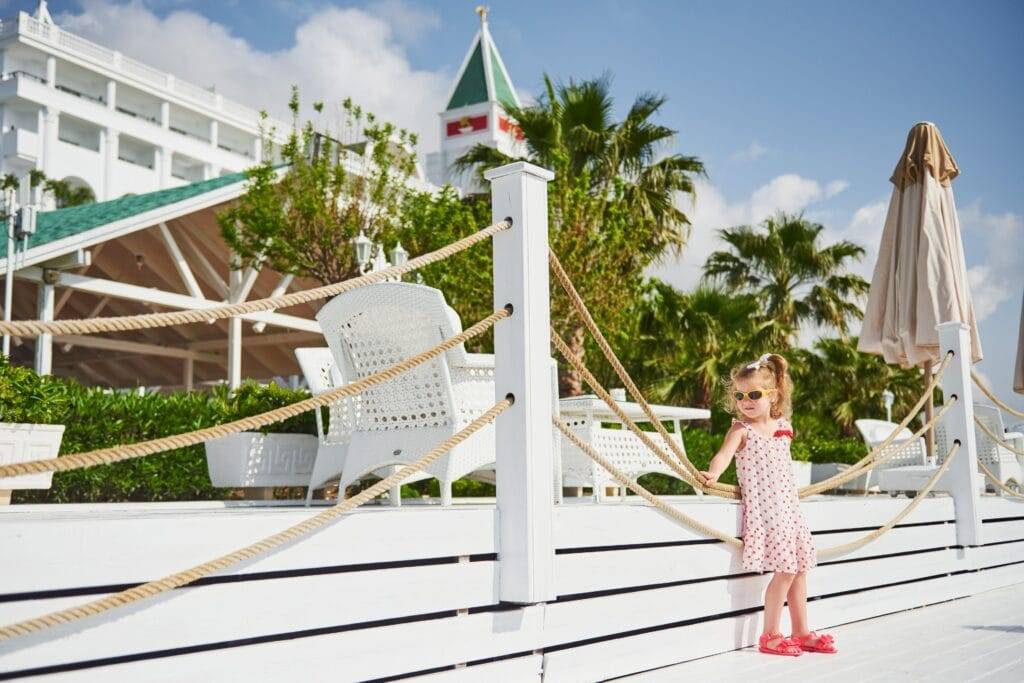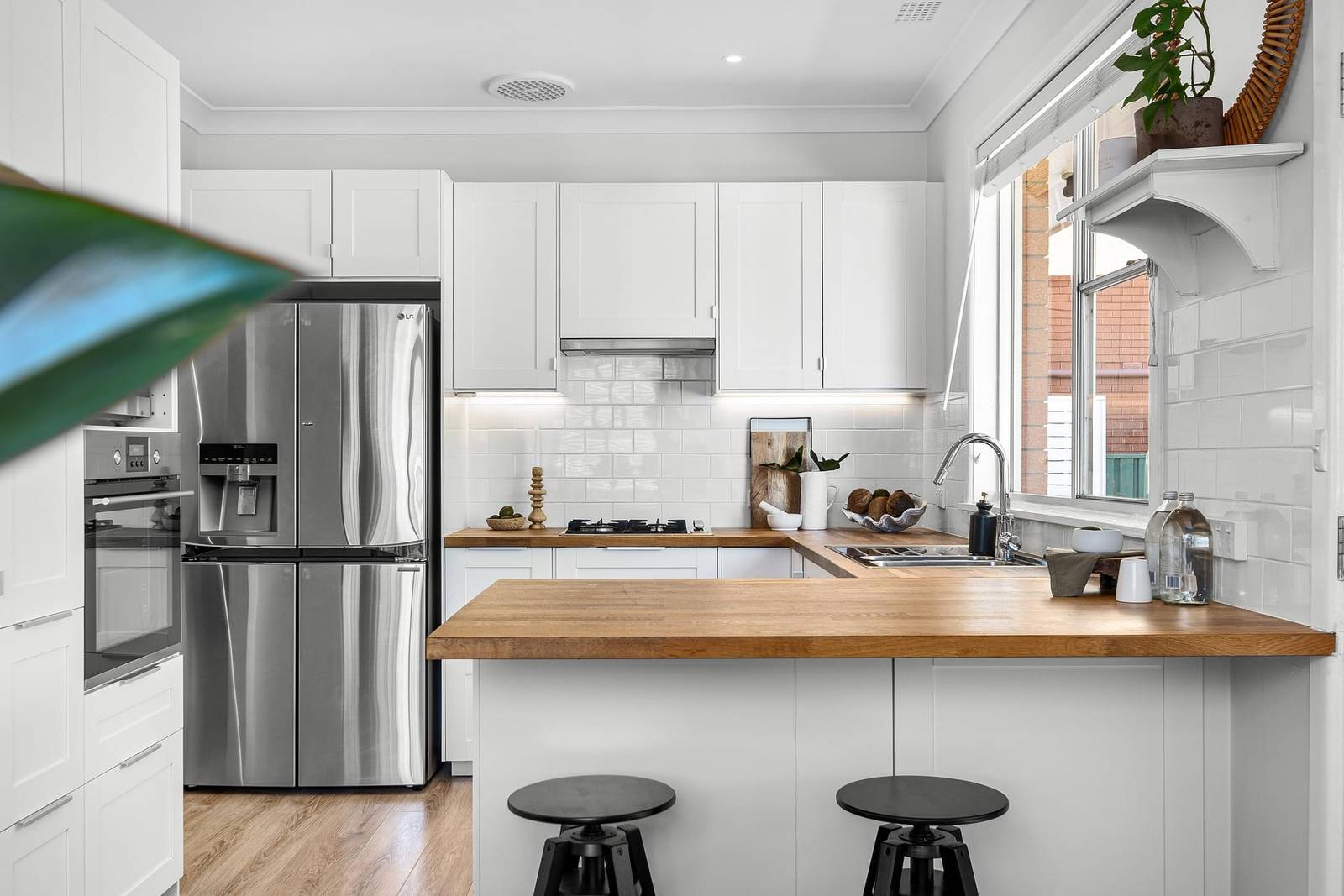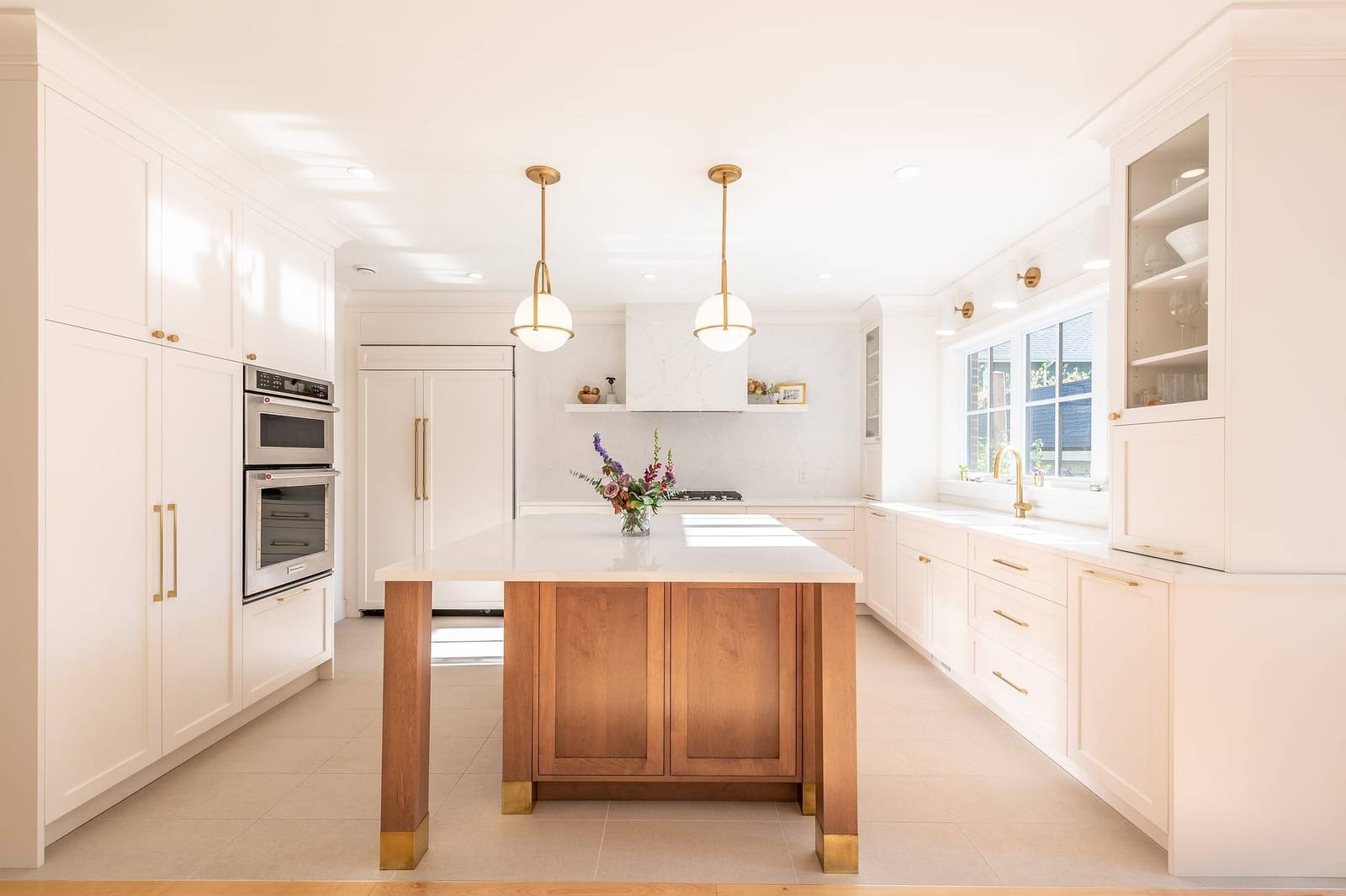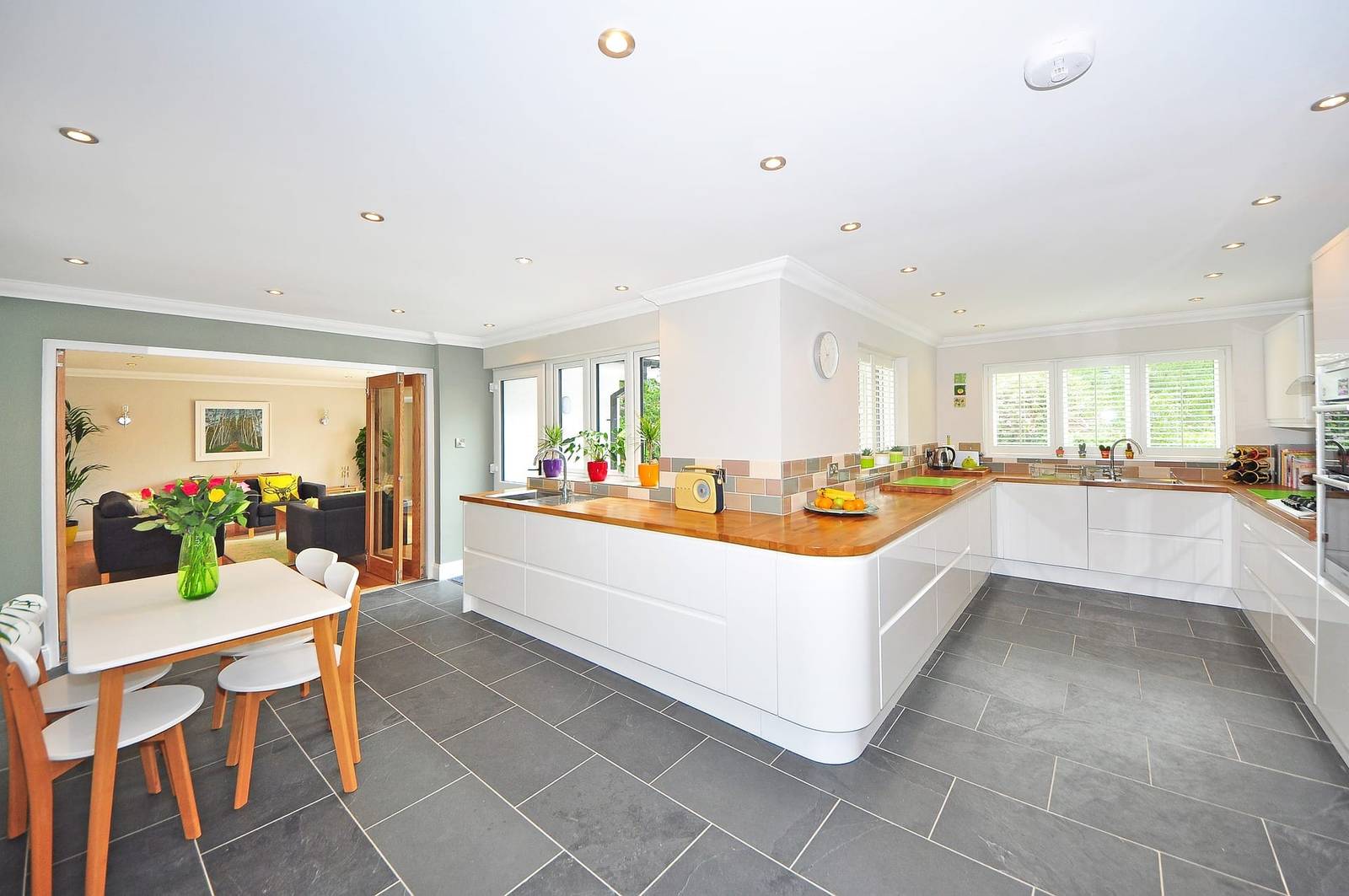
Designing a garden that can withstand the strong desert winds of Dubai requires thoughtful planning. Wind-resistant villa gardens not only protect your outdoor space, but they also ensure that plants, hardscaping, and other garden features thrive despite challenging conditions. Therefore, let’s explore how to create a wind-resistant villa garden that blends beauty and practicality effortlessly.
Understanding Dubai’s Climate and Wind Conditions
Before we delve deeper into wind-resistant villa gardens, it’s important to first grasp the climate of Dubai. Known for its extreme heat and occasional gusty winds, Dubai’s weather can be quite unforgiving. Strong winds, in particular, can dry out soil, break plants, and even damage garden structures. As a result, designing your villa garden to be wind-resistant is crucial for both its longevity and beauty.
Why Wind-Resistant Villa Gardens Matter
In reality, wind-resistant villa gardens are not only designed to protect the plants and landscape features, but also to create a comfortable outdoor environment for homeowners. Without proper wind protection, your garden can quickly feel unpleasant and desolate. In contrast, investing in a wind-resistant garden can transform your outdoor space into a peaceful oasis, even during Dubai’s windy weather.
Strategic Placement of Windbreaks
What Are Windbreaks?
Windbreaks are barriers used to slow down the wind, providing much-needed shelter to plants and garden structures. In wind-resistant villa gardens, strategically placing windbreaks can make a massive difference. These barriers can include walls, fences, or rows of trees and shrubs that deflect the wind, creating a calmer area for your plants to thrive.
Choosing the Right Materials for Windbreaks| Wind-Resistant Villa Gardens
For wind-resistant villa gardens, it’s absolutely essential to choose materials that can withstand harsh winds and heat. Wooden fences, dense hedges, or even bamboo screens are excellent choices. These materials not only create natural-looking windbreaks, but they also protect your garden without disrupting its overall aesthetic.
Selecting Wind-Resistant Plants for Wind-Resistant Villa Gardens
Plants That Thrive in Windy Conditions
Not all plants can tolerate strong winds, so it’s crucial to select wind-resistant plants that can thrive in Dubai’s unique climate. For instance, look for plants with flexible stems and strong roots, such as palms, agave, or oleander. These plants can endure wind pressure without breaking or uprooting, making them ideal for wind-resistant villa gardens.
Low-Growing Plants for Added Protection
In addition to taller trees and shrubs, consider using low-growing plants to further protect the soil from wind erosion. Groundcovers like lavender and juniper, for example, can help hold the soil in place while simultaneously adding texture and color to your wind-resistant villa garden.
Designing with Wind Flow in Mind
Assess Wind Patterns Around Your Villa
Before diving into your garden design, take some time to assess the wind patterns around your villa. Knowing which direction the wind comes from can help you position your windbreaks and plants more effectively. For instance, placing taller plants or fences on the windward side of your villa can drastically reduce wind impact in other areas of the garden.
Creating Zones for Maximum Wind Resistance Villa Gardens
Another great approach for wind-resistant villa gardens is to create distinct zones within your landscape. By dividing your garden into separate areas using walls, hedges, or screens, you can limit the wind’s reach more effectively. This design approach allows you to create protected spaces for relaxation, entertaining, or planting fragile species.
Hardscaping Solutions for Windy Gardens
Using Heavy, Stable Materials| Wind-Resistant Villa Gardens
When it comes to hardscaping in wind-resistant villa gardens, stability is key. Thus, choosing heavy, durable materials for outdoor furniture, planters, and decorative elements is essential to prevent them from being knocked over by strong winds. Stone, concrete, or wrought iron are excellent options that add style while being wind-resistant.
Anchoring Garden Structures| Wind-Resistant Villa Gardens
If you have pergolas, gazebos, or shade sails, make sure they are securely anchored. Wind-resistant villa gardens need sturdy structures that won’t collapse or shift during a windstorm. Therefore, consider using deep footings or additional supports to ensure these features remain stable.
Protecting Water Features
Shielding Ponds and Fountains
Wind can cause water to evaporate quickly and may even disrupt the flow of fountains or water features. To prevent this, consider placing windbreaks around water features or using covers when they are not in use. This not only makes them more wind-resistant, but it also ensures that your garden retains its tranquil ambiance even on windy days.
Irrigation for Wind-Resistant Villa Gardens
Efficient Watering Systems
Wind can quickly dry out your garden, so having an efficient irrigation system is essential for wind-resistant villa gardens. Drip irrigation and soaker hoses are ideal because they deliver water directly to the roots, minimizing water loss due to evaporation. Ultimately, this will help keep your plants healthy and hydrated, even in windy conditions.
Maintaining a Wind-Resistant Villa Garden
Regular Pruning and Maintenance| Wind-Resistant Villa Gardens
Wind-resistant villa gardens require regular upkeep to stay in top shape. Pruning trees and shrubs regularly prevents weak branches from snapping off in high winds. Moreover, maintaining your windbreaks and hardscaping will also ensure that your garden remains a peaceful, wind-resistant retreat.
Inspecting Garden Structures| Wind-Resistant Villa Gardens
Be sure to inspect fences, walls, and any other windbreaks regularly. Over time, wind exposure can weaken these structures, so prompt repairs are essential to maintaining a wind-resistant villa gardens. After all, strong wind gusts can lead to unexpected damage, but by staying vigilant, you can protect your outdoor space.
Creating a Wind-Resistant Villa Gardens Outdoor Living Space
Comfortable Seating and Wind Protection
Designing your wind-resistant villa gardens isn’t just about protecting plants. You also want to create a comfortable space for yourself and your guests. Consider placing outdoor seating in areas sheltered from the wind, using pergolas or screens for added protection. This allows you to enjoy your garden in comfort, regardless of the weather.
Using Wind-Proof Outdoor Furniture
In wind-resistant villa gardens, the right furniture choice is key. Opt for sturdy, wind-proof outdoor furniture that won’t easily be blown away. Heavy, stable pieces like metal or concrete furniture are not only functional but also stylish, providing comfort in windy conditions.
Conclusion
Designing a wind-resistant villa garden in Dubai requires careful planning and thoughtful selection of materials, plants, and structures. By incorporating windbreaks, choosing wind-resistant plants, and anchoring garden elements securely, you can create a stunning outdoor space that stands up to Dubai’s challenging climate. Whether you’re looking to protect your garden or simply make your outdoor space more enjoyable, a wind-resistant design ensures that your villa garden remains beautiful, comfortable, and resilient.




